Home>Garden Essentials>How To Plant Lilac Ground Cover
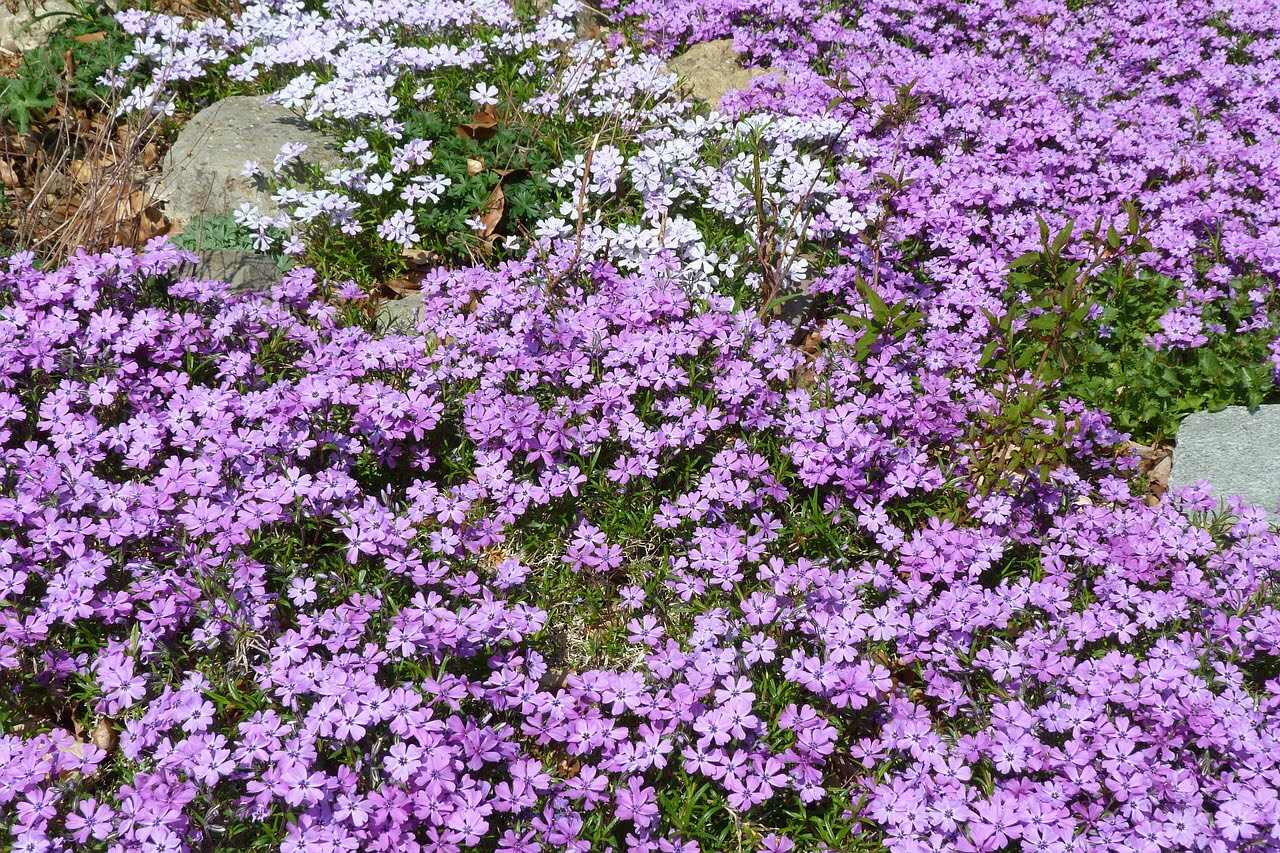

Garden Essentials
How To Plant Lilac Ground Cover
Modified: March 7, 2024
Learn how to plant lilac ground cover in your garden. Follow our step-by-step guide for a beautiful and fragrant addition to your outdoor space.
(Many of the links in this article redirect to a specific reviewed product. Your purchase of these products through affiliate links helps to generate commission for Storables.com, at no extra cost. Learn more)
Introduction
Welcome to the wonderful world of gardening! If you’re looking to enhance the beauty of your garden while adding a touch of elegance and fragrance, planting lilac ground cover is a fantastic option. Lilacs are known for their vibrant colors and delightful scent, making them a popular choice among garden enthusiasts.
In this article, we’ll guide you through the process of planting lilac ground cover, from choosing the right variety to caring for your plants and dealing with potential pest and disease issues. So, let’s dive in and discover how you can create a stunning lilac ground cover in your own backyard.
Before we get started, it’s important to note that lilac ground cover refers to low-growing varieties of lilacs, often used as an alternative to traditional shrubs or trees. These varieties spread horizontally, creating a carpet-like appearance, and can be a beautiful addition to your garden.
Now, let’s explore the key steps involved in planting lilac ground cover.
Key Takeaways:
- Choose the right lilac ground cover based on your climate, size, flower color, soil, and disease resistance to create a stunning and thriving garden addition.
- Properly prepare the soil, plant, water, and maintain your lilac ground cover to enjoy its beauty and fragrance while expanding your garden through propagation methods.
Read more: When To Plant Ground Cover Plants
Choosing the Right Lilac Ground Cover
When it comes to selecting the perfect lilac ground cover for your garden, there are a few factors to consider. To ensure a successful and thriving garden, keep the following points in mind:
1. Climate and Hardiness
Start by assessing your climate and the hardiness of the lilac ground cover varieties you’re considering. Lilacs generally prefer temperate climates, but there are specific varieties that are more adaptable to different weather conditions. Consult with local gardening experts or perform research to determine which lilac varieties thrive in your specific region.
2. Size and Growth Habit
Consider the size and growth habit of the lilac ground cover you want to plant. Some varieties spread quickly and may require regular pruning to keep their growth in check, while others have a more compact growth habit. If you have limited space or prefer a low-maintenance option, look for compact lilac ground cover varieties.
3. Flower Color and Fragrance
Lilacs are renowned for their captivating blooms and sweet fragrance. Take into account your personal preference for flower colors and fragrances. Lilac ground cover varieties come in a range of colors, including shades of purple, pink, and white. Choose a color that complements your existing garden aesthetic and enjoy the delightful fragrance that lilacs bring.
Read more: What Is A Ground Cover Plant
4. Soil and Sun Requirements
Examine the soil and sunlight conditions in your garden. Lilacs generally thrive in well-draining soil with a pH level between 6 and 7.5. They also require full sun exposure to ensure optimal growth and abundant flowering. If your soil is heavy or lacking in nutrients, consider amending it with organic matter before planting.
5. Disease Resistance
Check the disease resistance of the lilac ground cover varieties you’re considering. Look for varieties that are known to be resistant to common lilac pests and diseases, such as powdery mildew or lilac leaf blight. Choosing disease-resistant varieties will help ensure the longevity and health of your garden.
By taking these factors into account, you’ll be well on your way to selecting the perfect lilac ground cover for your garden. Remember to also consider your personal preferences and the overall aesthetic you want to achieve. Now that you’ve chosen the right lilac ground cover, let’s move on to selecting the ideal planting location.
Selecting the Planting Location
The success of your lilac ground cover largely depends on choosing the right planting location. Consider the following factors when selecting where to plant your lilacs:
1. Sunlight
Lilacs require ample sunlight to thrive. Look for a location that receives at least six hours of direct sunlight daily. Avoid planting lilacs in shady areas or near tall trees that may cast shadows and limit sun exposure.
Read more: How To Plant Clover As Ground Cover
2. Soil Drainage
Ensure that the planting location has well-draining soil. Lilacs prefer soil that is moist but not waterlogged. They will not tolerate standing water, as it can lead to root rot and other diseases. If your soil is heavy or tends to hold water, consider improving drainage by adding organic matter or creating raised beds.
3. Air Circulation
Adequate air circulation is important for preventing fungal diseases and promoting healthy growth. Avoid planting lilacs in areas where there is poor air circulation, such as tight corners or crowded spaces. Give them enough room to breathe and thrive.
4. Wind Exposure
Consider the wind patterns in your garden. Lilacs can be vulnerable to strong winds, which can damage their delicate blooms and foliage. If your area experiences strong winds, choose a planting location that offers some protection, such as near a fence or building.
5. Proximity to Other Plants
When selecting a location, consider the proximity to other plants in your garden. Lilacs benefit from being planted with other shrubs or perennials that provide some shade to their roots, help retain moisture, and offer visual interest. Just ensure that the companion plants have similar growth requirements.
By carefully selecting the planting location based on sunlight exposure, soil drainage, air circulation, wind exposure, and proximity to other plants, you will create an ideal environment for your lilac ground cover to flourish. Once you’ve chosen the perfect location, it’s time to prepare the soil for planting.
Read more: How To Plant Sedum Ground Cover
Preparing the Soil
Before planting your lilac ground cover, it’s crucial to properly prepare the soil to provide a healthy and nutrient-rich environment for your plants. Follow these steps to prepare the soil:
1. Clear the Area
Start by clearing the planting area of any weeds, rocks, or debris. Remove any existing vegetation to prevent competition with your lilac ground cover plants and ensure proper root development.
2. Test the Soil
It’s recommended to test the soil pH and nutrient levels before planting. Lilacs thrive in slightly acidic to neutral soil with a pH range of 6 to 7.5. Use a soil testing kit or send a sample to a local cooperative extension service for analysis. Based on the results, you may need to amend the soil to adjust the pH or add specific nutrients.
3. Loosen the Soil
Use a garden fork or tiller to loosen the soil in the planting area. This will improve drainage and root penetration. Avoid over-tilling, as it can damage the soil structure and lead to compaction.
Read more: How To Plant Lantana Ground Cover
4. Amend the Soil
If the soil pH is too high or too low, you may need to amend it to create the ideal growing conditions for lilacs. To raise the pH, add lime according to the recommendations based on the soil test. To lower the pH, incorporate sulfur or organic matter like compost or peat moss.
5. Add Organic Matter
Mix in organic matter such as compost, well-rotted manure, or leaf mold into the soil. This will enhance soil fertility, improve moisture retention, and provide essential nutrients for your plants.
6. Level the Soil
After amending the soil, use a rake to level the surface of the planting area. This will ensure that water is distributed evenly and prevent any uneven settling of the soil.
By following these steps and properly preparing the soil, you will create an optimal growing environment for your lilac ground cover. The next step is planting the lilacs, so let’s move on to that exciting part!
Planting Lilac Ground Cover
Now that you’ve prepared the soil, it’s time to plant your lilac ground cover. Follow these steps for successful planting:
Read more: How To Plant Succulent Ground Cover
1. Dig the Planting Holes
Dig holes that are wide and deep enough to accommodate the root ball of each lilac plant. The depth should be slightly shallower than the root ball to allow room for backfilling with soil.
2. Space the Plants
Space the lilac ground cover plants according to the recommended distance for the specific variety you’re planting. Typically, aim for about 2 to 3 feet apart to allow for proper spreading and growth.
3. Remove the Plants from Containers
Gently remove the plants from their containers, being careful not to damage the roots. If needed, lightly tap the container or squeeze the sides to loosen the plant. Avoid pulling on the stem or foliage.
4. Place the Plants in the Holes
Carefully place each lilac plant in its respective hole, making sure it sits at the same depth it was previously planted. The top of the root ball should be level with or slightly above the surrounding soil.
Read more: How To Plant Vinca Ground Cover
5. Backfill with Soil
Gradually backfill the hole with soil, firmly but gently pressing it around the roots to eliminate any air pockets. Take care not to cover the crown of the plant with soil, as it may cause rotting.
6. Water Thoroughly
After planting, thoroughly water the lilac ground cover to settle the soil and ensure good root-to-soil contact. Provide enough water to saturate the root zone, but be careful not to overwater, as excessive moisture can lead to root rot.
7. Apply Mulch
Apply a layer of organic mulch, such as wood chips or straw, around the planted area. This will help conserve moisture, suppress weeds, and maintain consistent soil temperature.
By following these planting steps, you’ll give your lilac ground cover the best start possible. Now, let’s move on to watering and mulching, which are essential for the ongoing care of your plants.
Watering and Mulching
Proper watering and mulching are essential for the health and vitality of your lilac ground cover. Follow these guidelines to ensure your plants receive adequate moisture and protection:
Read more: How To Plant Myrtle Ground Cover
Watering:
Watering is crucial during the establishment of your lilac ground cover and throughout its growth. Here are some important considerations:
1. Regular Watering:
Provide regular watering to keep the soil consistently moist but not waterlogged. Aim to water deeply, allowing the water to penetrate the root zone. Avoid shallow, frequent watering, as it encourages shallow root growth.
2. Watering Frequency:
Water deeply once or twice a week, depending on weather conditions and rainfall. Adjust the frequency based on the moisture levels in the soil. Avoid overwatering, as it can cause root rot and other diseases.
3. Drought Conditions:
During periods of drought or hot weather, increase the frequency of watering to keep the soil adequately moist. Use mulch to help retain moisture and reduce evaporation.
Mulching:
Mulching provides numerous benefits for your lilac ground cover plants. Follow these mulching guidelines:
1. Mulch Type:
Use organic mulch, such as wood chips, straw, or shredded bark, to mulch around the base of your plants. This type of mulch helps retain moisture, suppress weeds, and provide insulation.
2. Mulch Thickness:
Apply a layer of mulch that is about 2-3 inches thick. Be cautious not to pile mulch against the stems of the plants, as it can lead to rotting.
3. Mulch Placement:
Spread the mulch evenly around the base of your lilac ground cover plants, extending it a few inches beyond the drip line. This will help retain moisture and prevent weed growth.
By following proper watering practices and applying mulch, you will provide your lilac ground cover with the necessary moisture, weed suppression, and temperature regulation for healthy growth. Now, let’s move on to the next step, which is maintaining your lilac ground cover.
Maintaining Lilac Ground Cover
Maintaining your lilac ground cover is essential for its long-term health and beauty. Here are some key maintenance tasks to keep in mind:
1. Pruning:
Regular pruning helps promote healthy growth, maintain shape, and rejuvenate your lilac ground cover. Prune after the blooming period by removing spent flowers and any dead or damaged branches. Additionally, trim back any excessive growth to control the size and shape of the plants. Avoid heavy pruning, as it may reduce the number of flowers in the following season.
Read more: How To Plant Juniper Ground Cover
2. Fertilizing:
Lilac ground cover generally does not require heavy fertilization. However, they can benefit from a light application of balanced fertilizer in early spring. Use a slow-release or organic fertilizer and follow the manufacturer’s instructions for proper application and dosage. Avoid over-fertilizing, as it may result in excessive foliage growth at the expense of flowers.
3. Weed Control:
Maintain weed-free surroundings for your lilac ground cover by regularly monitoring and removing weeds. Weeds compete for nutrients, water, and sunlight, which can hinder the growth and health of your plants. Hand-pulling or using organic weed control methods is recommended to avoid possible harm to your lilacs.
4. Disease and Pest Management:
Keep an eye out for common lilac pests, such as aphids, leafhoppers, or powdery mildew. Regularly inspect your plants for any signs of pests or diseases. If detected, treat accordingly with organic or chemical remedies. Proper plant spacing, good air circulation, and maintaining overall plant health through proper irrigation and fertilization can help prevent many pest and disease issues.
5. Monitoring and Watering:
Monitor your lilac ground cover plants regularly for signs of stress, such as wilting or drooping leaves. Adjust your watering schedule as needed to ensure the soil remains consistently moist, especially during dry periods.
Read more: How To Plant Ivy For Ground Cover
6. Deadheading:
Remove spent flowers by deadheading to encourage continuous blooming and prevent the formation of seed pods. This will redirect the plant’s energy towards new growth and flower production.
By following these maintenance tasks, you will help your lilac ground cover thrive and continue to beautify your garden for years to come. However, it’s also important to be prepared for potential pests and diseases that may affect your plants. Let’s explore some common issues and how to deal with them in the next section.
Dealing with Pests and Diseases
While lilac ground cover is generally resistant to pests and diseases, it’s still important to be aware of potential issues and take prompt action if necessary. Here are some common pests and diseases that may affect your plants, along with recommended treatments:
Pests:
1. Aphids:
Aphids are small, sap-sucking insects that can infest the foliage of lilac plants. To control aphids, you can spray a mixture of water and mild dish soap onto the affected areas or use insecticidal soap. Ladybugs and lacewings are natural predators that can help keep aphid populations in check.
2. Spider Mites:
Spider mites are tiny pests that can cause webbing and yellowing leaves. Regularly misting your plants with water can help deter spider mites. If the infestation is severe, use insecticidal soap or neem oil to control them.
3. Lilac Borer:
Lilac borers are the larvae of clear-winged moths that tunnel into the stems of lilac plants, causing branch dieback. Infested branches should be pruned and destroyed to prevent further damage. Applying an insecticide with bifenthrin or carbaryl can help control lilac borers.
Diseases:
1. Powdery Mildew:
Powdery mildew is a fungal disease that appears as a white powdery coating on the leaves. To prevent powdery mildew, make sure your plants are adequately spaced for good air circulation. If the disease occurs, fungicidal sprays containing sulfur or neem oil can be applied as directed.
2. Leaf Spot:
Leaf spot is a fungal disease characterized by brown or black spots on the leaves. Remove infected leaves and avoid overhead watering to prevent its spread. Fungicidal sprays may be used for severe cases.
3. Root Rot:
Root rot is caused by overwatering or poorly drained soil, leading to fungal infection and rotting of the roots. To prevent root rot, ensure proper soil drainage and avoid overwatering. If root rot is suspected, remove affected plants and adjust watering practices to prevent further issues.
To identify and treat specific pests and diseases, closely monitor your lilac ground cover plants and consult with a local garden center or extension service for proper diagnosis and guidance.
Now that you know how to deal with potential issues, let’s explore the process of propagating lilac ground cover to expand your garden or share with others.
Read more: What To Plant In Plastic Ground Cover
Propagating Lilac Ground Cover
If you have a thriving lilac ground cover and want to expand your garden or share the beauty with others, propagating your plants is a great option. Here are a few methods you can use to propagate lilac ground cover:
1. Division:
Division is one of the easiest ways to propagate lilac ground cover. In early spring or late fall, dig up the entire plant and carefully separate the clumps into smaller sections, each containing multiple stems and a healthy root system. Replant the divisions in prepared soil, ensuring they are at the same depth they were previously planted.
2. Layering:
Layering is another effective method for propagating lilac ground cover. Select a healthy, low-growing branch close to the ground and bend it down to the soil surface. Using a sharp knife, make a small cut on the underside of the branch where it contacts the soil. Apply a rooting hormone to the wounded area and bury it with soil, leaving the tip of the branch exposed. Keep the soil consistently moist until roots develop, then cut the branch from the parent plant and transplant it to a new location.
3. Stem Cuttings:
Take stem cuttings from your established lilac ground cover during the dormant season or early spring. Cut 4-6 inch long stems just below a leaf node, remove the lower leaves, and dip the cut end into a rooting hormone. Plant the cuttings in a well-draining potting mix or growing medium and keep them moist. Place the container in a warm location with indirect light. Once the cuttings develop roots, you can transplant them into the garden.
Read more: When To Plant Ground Cover In Texas
4. Seeds:
While lilac ground cover can be grown from seeds, it’s important to note that they may not come true to the parent plant and may have variations in color and growth habit. Collect mature seeds from the dried flower clusters and sow them in a seed-starting mix. Keep the soil consistently moist and provide indirect light. Transplant the seedlings to larger pots or a prepared garden bed once they are large enough to handle.
Remember to provide proper care and maintenance to the propagated plants to ensure their successful establishment and growth. With these propagation methods, you can easily expand your lilac ground cover collection and enjoy their beauty in different areas of your garden.
Now that you have a good understanding of how to propagate lilac ground cover, let’s summarize the key points before concluding our article.
Conclusion
Congratulations! You’ve now learned all the essential steps to successfully plant and maintain lilac ground cover in your garden. From choosing the right variety to preparing the soil, planting, and ongoing care, you are well-equipped to create a stunning lilac ground cover that will enhance the beauty and fragrance of your outdoor space.
Remember to choose a lilac ground cover variety that is well-suited to your climate and meets your preferences for color and fragrance. Select a suitable planting location that provides ample sunlight, good soil drainage, and proper air circulation. Preparing the soil with organic matter and ensuring regular watering will create a favorable environment for your lilac ground cover to thrive.
Maintaining your lilac ground cover involves tasks such as pruning, fertilizing, controlling weeds, and monitoring for pests and diseases. By practicing proper maintenance techniques and promptly addressing any issues that arise, you can keep your plants healthy and vibrant.
Additionally, if you want to expand your lilac ground cover or share it with others, you can use propagation methods such as division, layering, stem cuttings, or growing from seeds. These techniques allow you to multiply your plants and create more beautiful lilac ground cover areas in your garden or share the joy with fellow gardening enthusiasts.
As you enjoy the beauty and fragrance of your lilac ground cover, remember to take time to relax and soak in the serenity of your garden. Gardening provides an opportunity to connect with nature and find solace in the vibrant colors and scents that surround you.
So, get ready to witness the transformation of your garden with the addition of lilac ground cover. Embrace the joy of gardening and the satisfaction of nurturing these beautiful plants. Happy planting!
Frequently Asked Questions about How To Plant Lilac Ground Cover
Was this page helpful?
At Storables.com, we guarantee accurate and reliable information. Our content, validated by Expert Board Contributors, is crafted following stringent Editorial Policies. We're committed to providing you with well-researched, expert-backed insights for all your informational needs.
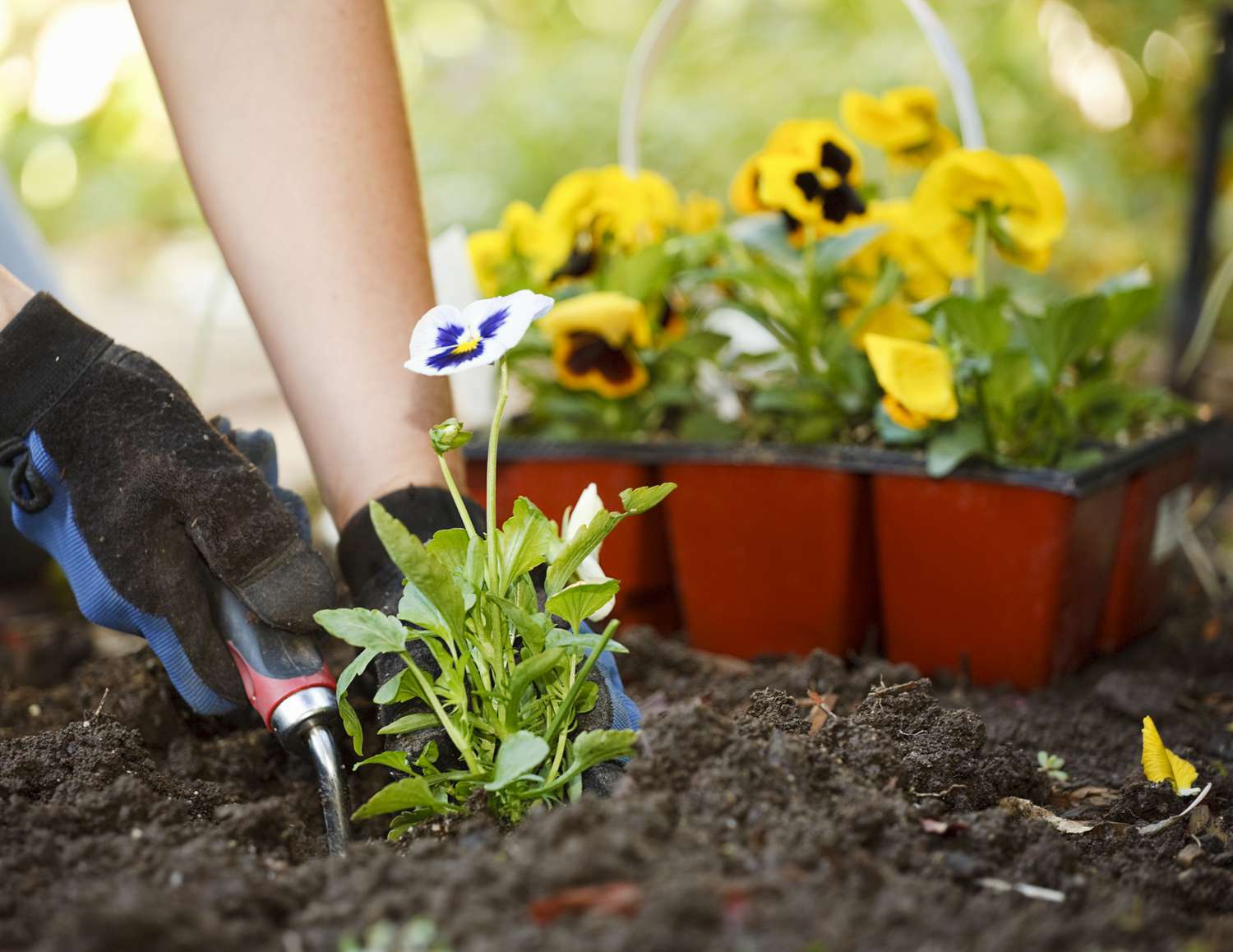
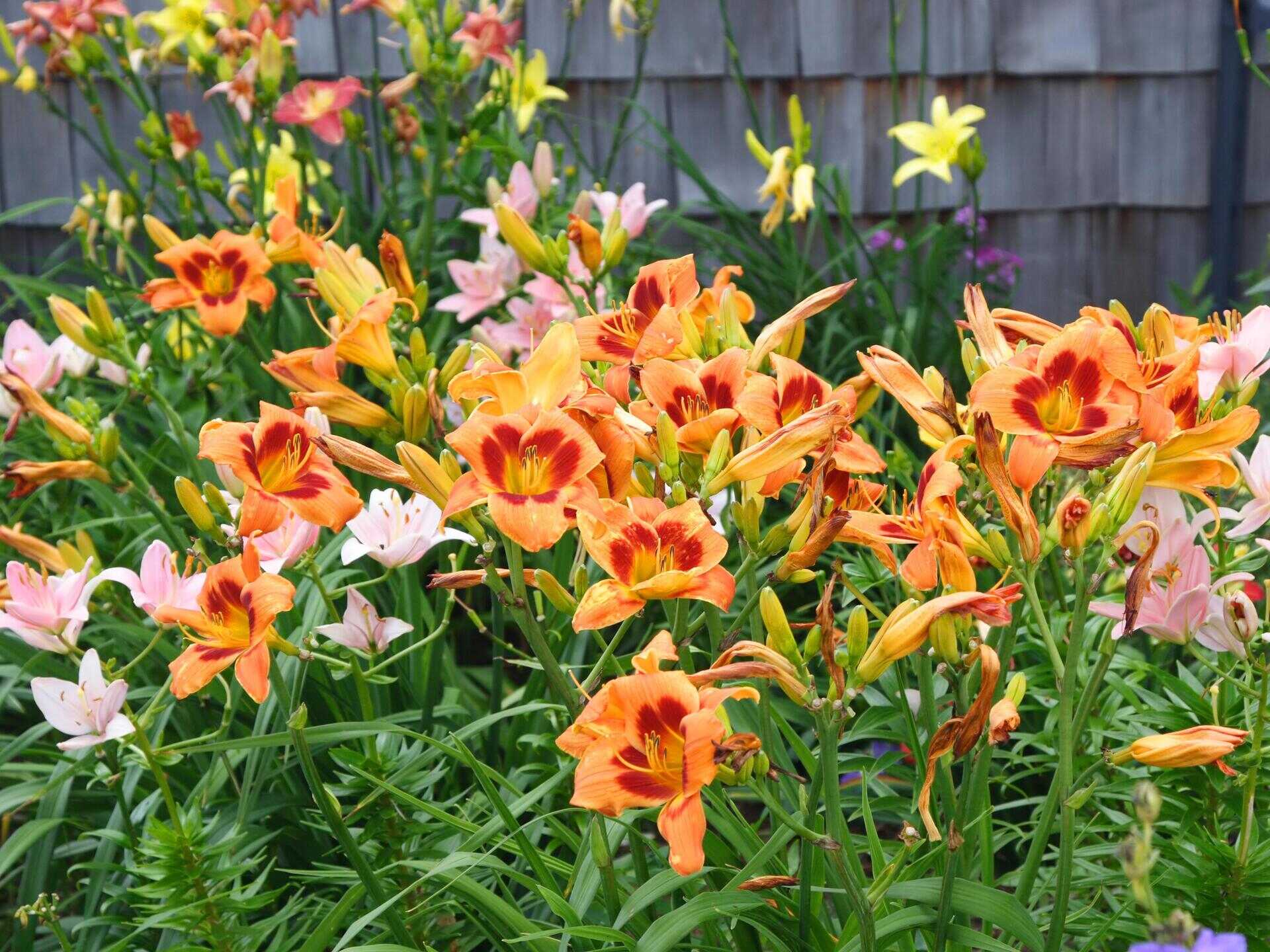
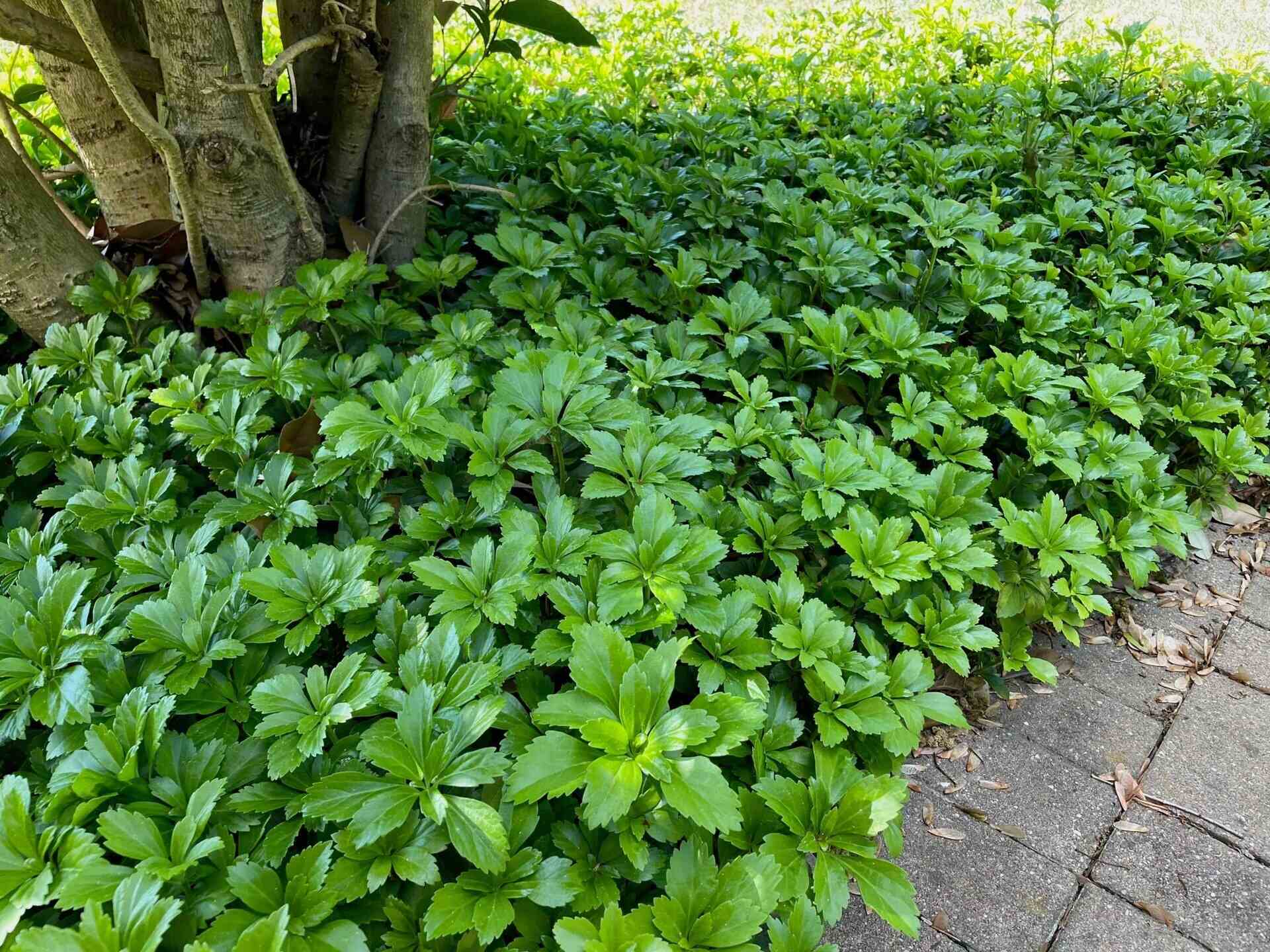
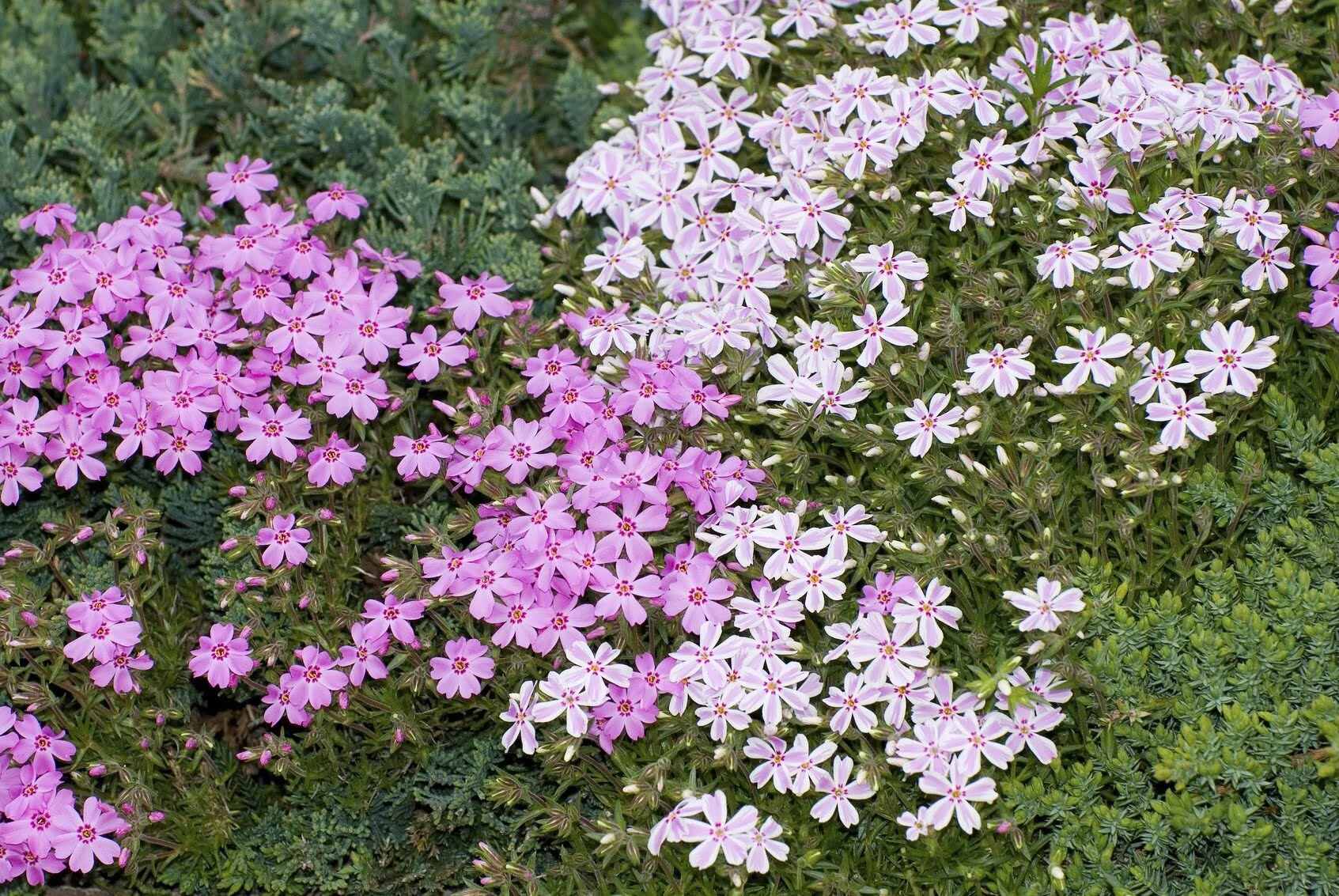

0 thoughts on “How To Plant Lilac Ground Cover”